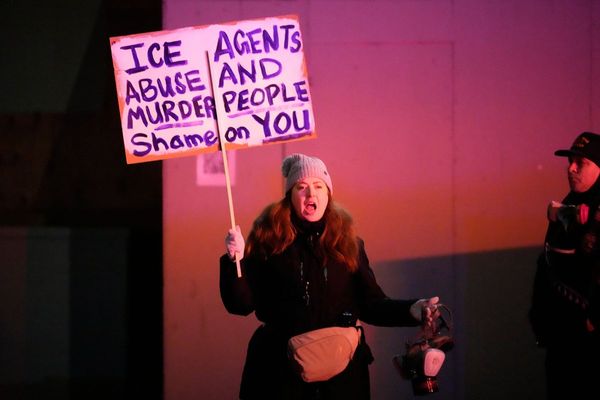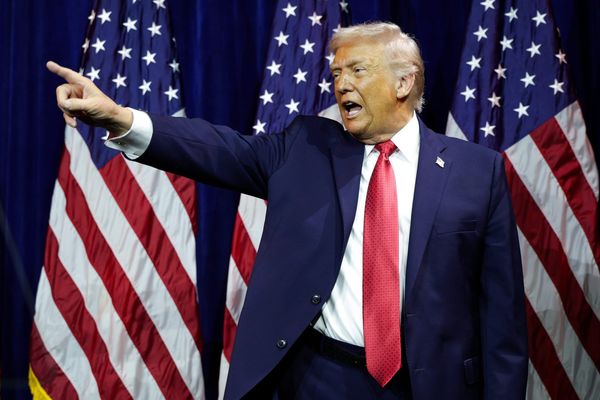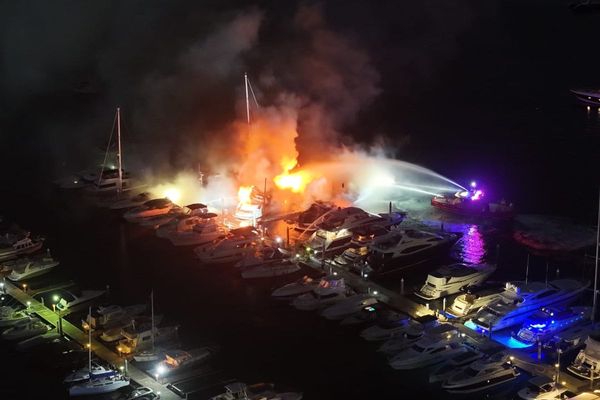
The Queen’s funeral and lying-in-state presents the biggest security challenge of its kind the UK has ever faced, a former head of public order at the Metropolitan police has said.
Bob Broadhurst, who served as gold commander for the wedding of Prince William and Catherine and for the London 2012 Olympics, said the authorities faced “headaches” ranging from terror threats to protests to crowd collapses.
As many as 750,000 people are expected to travel to the capital from Wednesday to pay respects to the late monarch as she lies in state for four days before her funeral on Monday. About 200,000 visited Westminster Hall to pay their respects to the Queen Mother before her funeral in 2002.
As many as 10,000 officers will be assigned to the operation each day, Broadhurst estimated, some of whom will be drawn from forces across the country. Downing Street has said 1,500 military personnel will be on hand to assist in the capital.
“This will be the largest outpouring of people on to the streets of London – and elsewhere for that matter – that the UK has ever seen,” said Broadhurst, who has recently been working with the Royal Parks to draw up security plans for the death of the Queen.
The scale “brings its own headaches”, he said. “It’s what the Met, it’s what London is good at it. But they won’t have seen it on this scale.
“Security and ceremony are not happy bedfellows. The trick we pulled off with the Olympics is, you need to manage the security in a way that’s commensurate with the dignity of the occasion but without leaving anybody at any greater risk than they need to be.”
He said the Queen’s funeral was complicated because the “royal family wants to be seen and wants to be close to their public”, which was an “absolutely frightening” prospect for those in charge of security.
“The American model is, you put them in a bubble, a secure bubble, that nobody can come near, you put them in armoured vehicles. The royal family will be in open-top carriages, riding horses. And that crowd of however many millions that will be on the streets have not been searched and cannot be searched. It’s absolutely frightening. Everyone will be on tenterhooks.”
Protest could be an issue, but so could counter-protest, Broadhurst added. “The great middle Englanders, they will turn on anybody, and that becomes a security risk in its own right.”
Terrorism from lone actors, fixated individuals, petty crime and crowd collapse and crushing are all risks, in addition to the security operation around the many heads of state visiting the UK for the occasion.
The former Met police chief superintendent Parm Sandhu told BBC Radio 4’s World at One programme: “The crowds themselves will be a target for terrorists. The funeral itself will be a target for terrorists.”
British Transport Police said the public would see a “marked increase” in the number of uniformed officers on patrol at transport hubs in London.
Ken Marsh, the chair of the Metropolitan Police Federation, which represents rank-and-file officers, said there had been no “gripes or groans” about the efforts expected from them as leave is expected to be cancelled to facilitate the security response.
Raffaello Pantucci, a counter-terrorism and radicalisation expert and senior associate fellow at the Royal United Services Institute, the defence and security thinktank, said the Queen’s funeral would be an attractive target for someone to “make a political statement using violence”.
“Attacking the British state in general is something a lot of different groups would like to achieve, so yes I could see it is something that’s of concern from a terrorism perspective. There’s clearly a risk that’s there,” he said.
Pantucci said the most obvious risk was from so-called lone actors – individuals acting alone inspired or directed by wider terror networks. “The plotting we’re seeing is more of the lone actor model. For an individual like that, this could be an attractive event.”
He said mitigating this risk was a challenge. “The difficulty is, they don’t set off the obvious triggers that authorities are looking for. Having said that, what is also true, research shows us lone actors are in contact with other people and actually tend to broadcast their intent. There are signals out there you can find.
“The problem is separating out which is the one who is serious and which is the one who is not. And that’s where the difficulty lies.”







